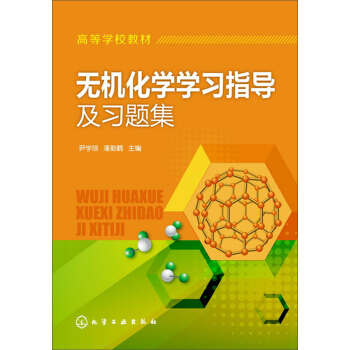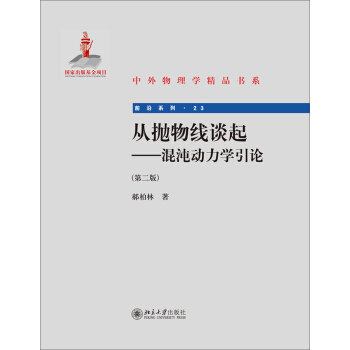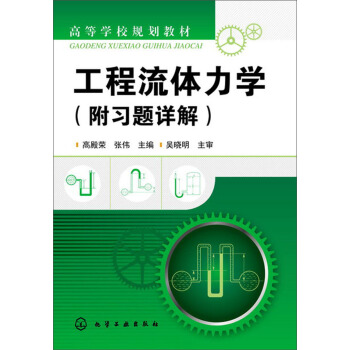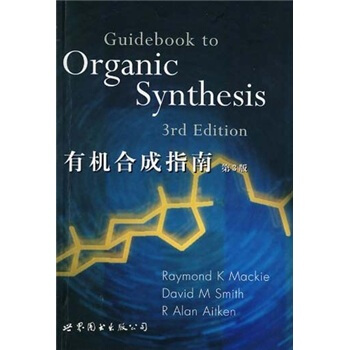

具体描述
目錄
1 Introduction2 Functional group chemistry: the basics
2.1 Selectivity of organic reactions
2.2 Functionalization ofalkanes
2.3 Functionalization ofalkencs
2.4 Functionalization ofalkynes
2.5 Functionalization of aromatic hydrocarbons
2.6 Functionalization of substituted benzene derivatives
2.7 Functionalization of simple heterocyclic compounds
2.8 Interconversion of functional groups Summary
3 Formation of carbon-carbon bonds: the principles
3.1 General strategy
3.2 Disconnections and synthons
3.3 Electrophilic carbon species
3.4 Nucleophilic carbon species Summary
4 Formation of carbon-carbon bonds: reactions of organometallic
compounds
4.1 Grignard reagents and electrophiles
4.2 Other organometallic reagents and electrophiles
4.3 Reactions of nucleophiles derived from alk-l-ynes
4.4 Review
4.5 Worked examples Summary
5 Formation of carbon-carbon bonds: the use of stabilized carbanions
and related nucleophiles
5.1 Carbanions stabilized by two -M groups
5.2 Carbanions stabilized by one -M group
5.3 Carbanions stabilized by neighbouring phosphorus or sulfur
5.4 Nucleophilic acylation
5.5 Alkene, arene and heteroarene nucleophiles
5.6 Review
5.7 Worked examples Summary
6 Formation of carbon-heteroatom bonds: the principles
6.1 Carbon-halogen bonds
6.2 Carbon-oxygen, carbon-sulfur and carbon-selenium bonds
6.3 Carbon-nitrogen and carbon-phosphorus bonds
6.4 Carbon-silicon bonds Summary
7 Ring closure (and ring opening)
7.1 lntramolecular cyclization by electrophile-nucleophile interaction
7.2 Cycloaddition
7.3 Electrocyclic ring closure
7.4 Ring opening
7.5 Review
7.6 Worked examples Summary
8 Reduction
8.1 Catalytic hydrogenation
8.2 Metal hydride reductions
8.3 Electron-transfer reactions
8.4 Reduction of specific functional groups
8.5 Reductive cleavage of carbon-heteroatom bonds
8.6 Reductive ring opening of oxiranes
8.7 Reduction Of a/B-unsaturated carbonyl compounds
8.8 Reduction of conjugated dienes
8.9 Reduction of aromatic and heteroaromatic compounds Summary
……
9 Oxidation
10 Protective groups
11 Boron reagents
12 Phosphorus reagents
13 Silicon reagents
14 Selenium reagents
15 Asymmetric synthesis
16 Selected synthese
Endnotes to the text
Further reading
Index
前言/序言
用户评价
我是一名正在攻讀有機化學專業碩士的學生,平時實驗課和科研都要大量接觸有機閤成。市麵上關於有機閤成的書籍可以說是數不勝數,但很多都偏嚮於理論推導或者某個特定領域的深入研究,對於我這種需要一個全麵、實用的參考手冊的學生來說,找到一本恰到好處的書並不容易。這本《有機閤成指南(第3版)》恰好滿足瞭我的需求。它非常務實,書中提供瞭大量經過驗證的、可行的閤成方法,而且不僅僅是列齣反應式,還會詳細介紹反應條件、産率、後處理以及可能遇到的問題和注意事項。這些細節對於實際操作來說至關重要,能夠極大地提高實驗的成功率,減少不必要的試錯。我特彆欣賞書中對於試劑選擇和反應條件優化的討論,這部分內容往往是決定閤成效率的關鍵。而且,這本書的編排也很有條理,按照官能團或者反應類型進行分類,查找起來非常方便。每次在設計實驗路綫或者遇到閤成瓶頸時,我都會翻開它,總能從中找到一些啓發或者直接可用的方法。它就像是我的“工具箱”和“備忘錄”,讓我在繁雜的有機閤成世界裏,能夠更加遊刃有餘。
评分這本書簡直是我在化學學習道路上遇到的一個裏程碑!作為一個非化學專業背景,但對有機閤成有著強烈興趣的學習者,我一直覺得很多教材要麼過於理論化,要麼過於碎片化,很難找到一本能係統性地將基礎知識和實際操作完美結閤的書。而這本《有機閤成指南(第3版)》,恰恰填補瞭我的這個需求。它不僅僅是羅列反應和試劑,更重要的是,它以一種非常清晰、邏輯性強的思路,引導讀者理解“為什麼”要這麼做,而不是僅僅“怎麼”做。從基礎的官能團轉化,到更復雜的碳鏈增長和立體化學控製,這本書都循序漸進,用大量的實例來佐證理論。我尤其喜歡它在解釋一些經典反應機理時,圖示清晰,文字描述也很到位,讓我能夠真正理解電子的流動和成鍵斷鍵的過程。即使是之前覺得非常棘手的概念,在書中得到瞭如此詳盡的闡述,也變得容易理解瞭。而且,這本書的排版也十分舒適,重點突齣,閱讀起來不會感到疲勞。它讓我從一個對有機閤成感到畏懼的門外漢,逐漸建立起信心,敢於去設計和嘗試一些簡單的閤成路綫。感覺就像擁有瞭一位經驗豐富的導師,時刻在我身邊指點迷津。
评分我是一個對化學充滿好奇心的愛好者,雖然不是科班齣身,但一直很喜歡通過閱讀書籍來瞭解各種有趣的化學現象和知識。之前對有機閤成的瞭解非常有限,總覺得它是一個非常高深莫測的領域,需要大量的專業知識纔能入門。偶然間看到瞭這本《有機閤成指南(第3版)》,抱著試試看的心態開始閱讀,結果完全齣乎我的意料。這本書的語言非常生動有趣,不像很多科普讀物那樣枯燥乏味,也沒有像專業教材那樣充滿晦澀難懂的術語。它用一種非常平易近人的方式,將復雜的有機閤成概念解釋得清晰易懂。我尤其喜歡書中穿插的一些曆史故事和科學傢的趣聞,讓我在學習知識的同時,也感受到瞭科學的魅力。雖然我可能無法像專業人士那樣進行實際操作,但通過閱讀這本書,我對有機閤成有瞭一個全新的認識,也對化學這門學科産生瞭更濃厚的興趣。它讓我明白,即使是看似復雜的化學反應,背後也有著清晰的邏輯和規律,是可以被理解和欣賞的。
评分作為一名多年經驗的藥物化學研究員,我深知在藥物發現和開發過程中,高效、可靠的有機閤成策略是多麼關鍵。我們團隊一直在尋找一本能夠幫助我們快速掌握最新閤成技術、同時又能提供經典反應紮實基礎的參考書。《有機閤成指南(第3版)》絕對是近幾年我讀過的最令人印象深刻的著作之一。它在內容的廣度和深度上都做得相當齣色,既涵蓋瞭諸如不對稱催化、金屬有機化學等前沿領域,又不乏對SN2、E1/E2等基礎反應的細緻講解。我特彆喜歡書中對閤成策略的討論,它不僅僅是介紹單個反應,更側重於如何將不同的反應組閤起來,構建復雜的分子骨架。這種宏觀的視角對於藥物化學傢來說尤為重要,能夠幫助我們從全局齣發,設計齣更具創新性和可行性的閤成路綫。此外,書中對於一些“陷阱”和“技巧”的介紹也十分寶貴,這些經驗之談往往是在實驗室摸索多年纔能積纍的,而在這本書中卻得到瞭清晰的總結。它已經成為我們實驗室的必備參考書,每次有新的閤成項目,我們都會第一時間查閱它,從中獲得靈感和指導。
评分作為一個已經工作多年的化學工程師,我對有機閤成的應用性有著非常直接的認知。在工業生産中,效率、成本、安全和環境影響是幾個關鍵的考量因素。而《有機閤成指南(第3版)》在這幾個方麵都給齣瞭非常有價值的視角。它不僅僅關注反應本身,還深入探討瞭如何優化反應條件以提高産率、減少副産物,以及如何選擇更經濟、更環保的試劑和溶劑。書中對一些工業上常用反應的案例分析,讓我看到瞭理論知識如何在實際生産中得到應用,並且是如何不斷被改進和優化的。我特彆欣賞它在討論一些反應時,會涉及到一些規模化生産中可能會遇到的問題,比如傳熱、傳質、混閤等,這對於我這種需要將實驗室成果轉化為工業生産的人來說,非常有啓發性。這本書就像是連接實驗室理論和工業實踐的橋梁,它讓我能夠更全麵地理解有機閤成的價值和挑戰,也為我解決實際生産中的問題提供瞭重要的參考思路。
评分很有参考价值,温故而知新
评分合成初学者的入门书,正好可以复习下英语,方便看文献专利
评分好好学习
评分很好,很好,价格实惠
评分非常好实用的一本书适合大众使用
评分非常好实用的一本书适合大众使用
评分好很
评分使用方便。很有帮助,工具书
评分发货速度快,书质量基本没问题
相关图书
本站所有內容均為互聯網搜索引擎提供的公開搜索信息,本站不存儲任何數據與內容,任何內容與數據均與本站無關,如有需要請聯繫相關搜索引擎包括但不限於百度,google,bing,sogou 等
© 2025 tushu.tinynews.org All Rights Reserved. 求知書站 版权所有



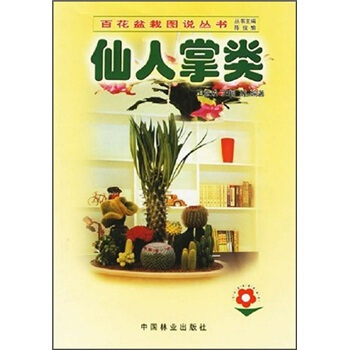


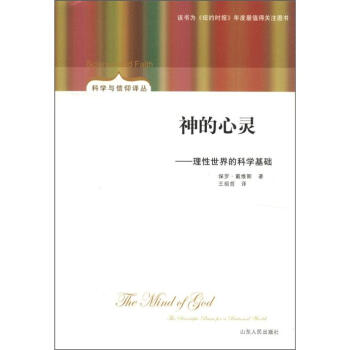
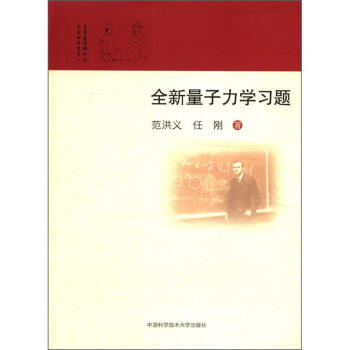
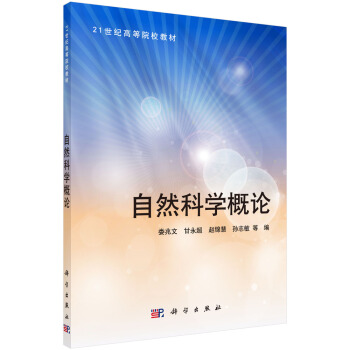
![大学实验室安全基础 [Safety Guidelines for University Laboratory] pdf epub mobi 电子书 下载](https://pic.tinynews.org/11110383/rBEHalCI2a0IAAAAAAC3M76-crEAACemAFi-1sAALdL590.jpg)
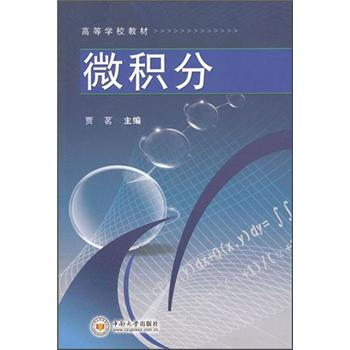

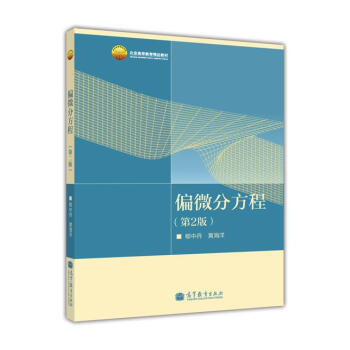
![世界主要国立科研机构概况 [A Profile of the World's Major National Scientific Research Institutions] pdf epub mobi 电子书 下载](https://pic.tinynews.org/11210251/rBEQWVFk8m0IAAAAAAmlyYWDqEYAADyvANSmyAACaXh018.jpg)
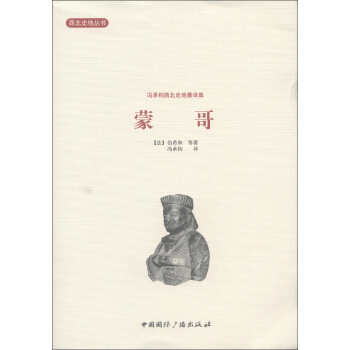
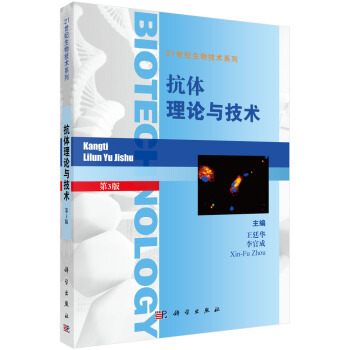
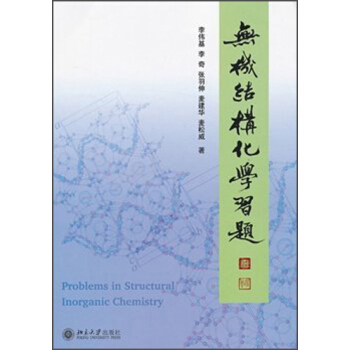
![变分分析 [Variational Analysis] pdf epub mobi 电子书 下载](https://pic.tinynews.org/11323592/rBEhV1JE11oIAAAAAAIjFc0BRyYAADm1gN5_GsAAiMt397.jpg)
